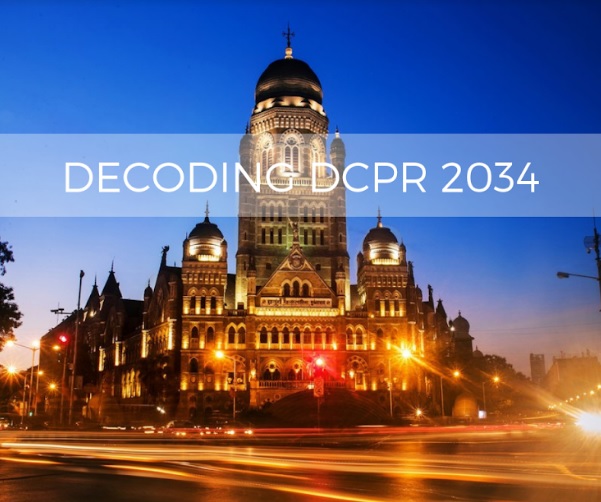Trending Now
- “If Edappadi Palaniswami permits, a thousand young members from the Virudhunagar district AIADMK are prepared to take up arms and engage in battle under my command.” – Former AIADMK Minister Rajendra Balaji
- “India is ready to deal with any counter-attack by Pakistan” – Wing Commander Vyomika Singh
- Central govt orders extension of CBI Director Praveen Sood’s tenure for another year
Post
Sambhav Group Decodes the DCPR 2034 Plan
![]() December 10, 2018
December 10, 2018
It’s been a month since the announcement of the much-awaited Development Control & Promotion Regulation (DCPR 2034), a lot of people are yet to understand the implications of it and the impact it will have on the industry. ‘’The DPCR 2034 can be construed as something that is pro-development and it reflects the honest intentions of the government to bring some positive changes,’’ says Vinay Sanghvi Managing Director, Sambhav Group.
 |
Mumbai's Development Plan Decoding DCPR 2034
For the redevelopment of Cess and MHADA buildings, will need minimum 51% irrevocable consent as against the previous 70% consent in the favor of owner/developer. This is aimed at speeding up the process of redevelopment. It’s a common practice that a handful of members/tenants would object to the redevelopment and cause unnecessary delay in the redevelopment process. It mandates the adoption of the RERA’s definition of carpet area as against the one laid down previously by MOFA. This will bring clarity and transparency in the entire process of buying and selling. This will also remove the malpractices that was earlier followed by certain builder for their benefit. For small property, the plan has given the permission of reaching 32 meters height as against 24 meters before. This means that on an average now the building can be constructed up to the height of 9 floors as against 7 floors.
One of the forward-looking initiative is the linking of permissible FSI/TDR to road width. Additionally, the DCPR 2034 has extended the use of TDR available on payment of premium in the island city which was earlier permitted only in suburbs. This is aimed at having uniform development across the city. It also attempts to work towards to the problem of traffic in busy commercial areas. The plan boosts commercial development by providing higher FSI on roads more than 12 meters wide otherwise it’s the same as residential. Another addition to the plan which is not much talked about is that the government has removed the cap of 200 sq. m on health clubs/gyms within the building premises. Now there is a standard rule of 2% of the total built up area of the project. This gives the developer freedom to construct spacious health clubs and gymnasium. Ultimately, the buyers and members will be benefitted with better amenities.
About Sambhav Group
Sambhav Group was found in 1988, till date it has facilitated more than 3.5mn of sq feet of work in the space of residential, commercial & retail development. More than two decades of reputed standing in the market reflects the organization’s acknowledgement by its target audience, for its commitment to the well-being of tenants/members and real estate buyers as a top priority, by delivering a high quality residential, commercial and retail complexes in a timely manner to the full satisfaction and expectation of all its target audience in megapolis city of Mumbai.


















